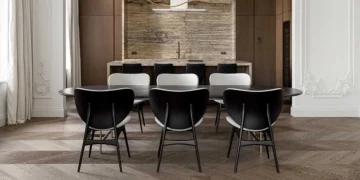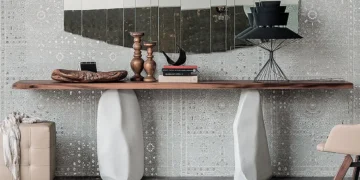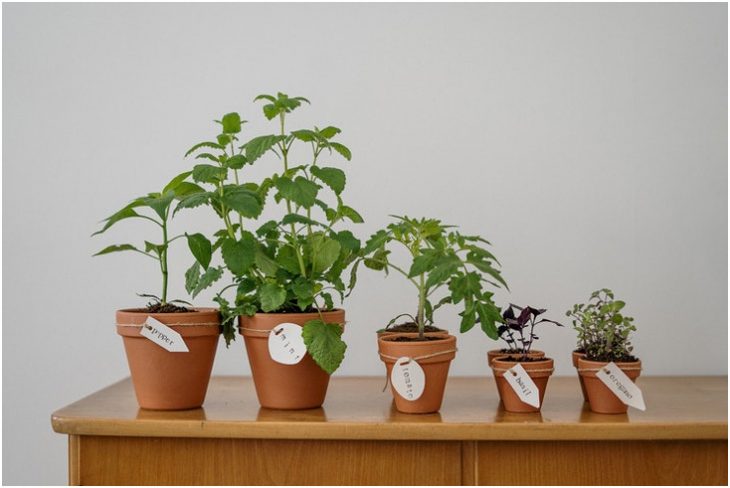
Growing a garden in your apartment can be one of the best investments of time and money. Gardening is a great way to improve the air quality in your apartment, plus plants make us happier and healthier! Even a small indoor garden can be great for both people and our planet. Every plant has specific growing needs that you must meet. Below are some key elements to know as you’re starting your indoor garden.
Read more after the jump:
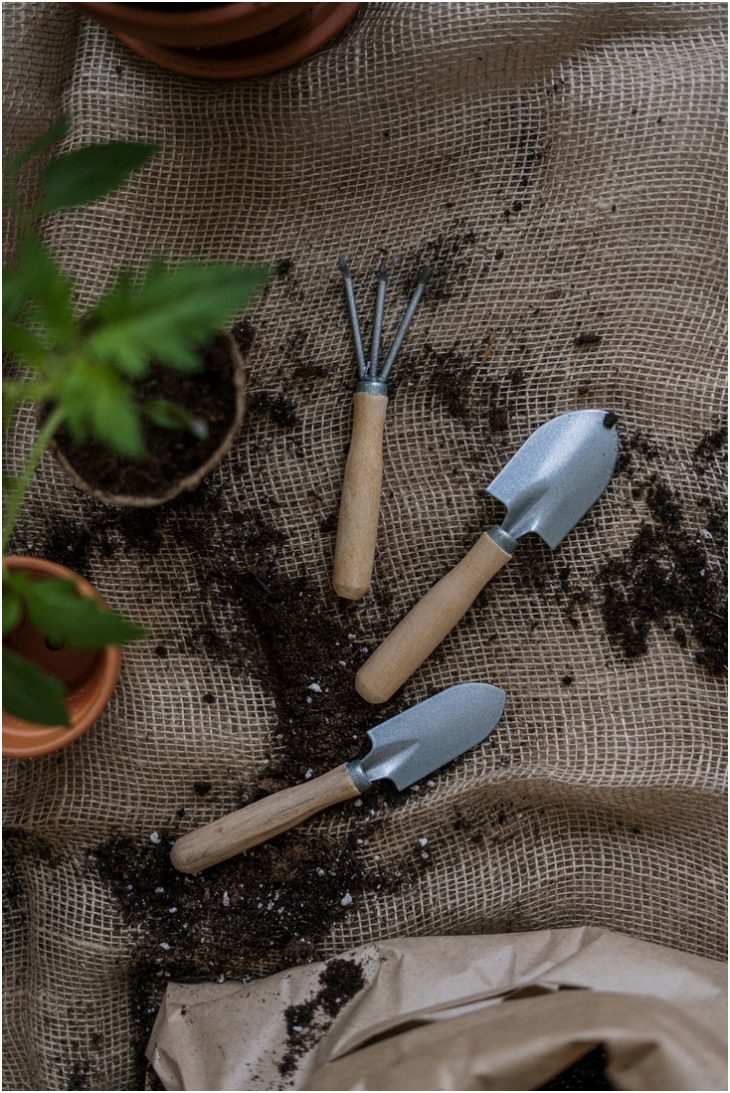
Benefits
Growing plants in your home can be rewarding in so many ways. You will be stunned by how much difference even a very small garden can make. These are some of the greatest benefits to growing a garden in your apartment:
- You will always have the access to fresh vegetables, fruits, or herbs.
- By reducing the amount of food you buy, you will actually save some money.
- By lowering food miles, you reduce your carbon footprint.
- You will reduce the amount of single use plastic, used for packaging.
- Plants produce oxygen and remove carbon dioxide, but some plants can also purify the air. Between just 3 and 6 plants can improve the air in your apartment significantly.
- You’ll be able to recycle food waste by composting at home, and keep it from landfill.
- Plants bring the positive, calming effects of nature right to your home. Some doctors actually prescribe gardening as a way to improve mental health.
What You Need
Space – An indoor garden can take up as much or as little space as you are willing to give it. With a use of little creativity, even the smallest of apartments have the potential to become a beautiful green places. If you don’t have a balcony, and you struggle to find a space, you can grow your garden on windowsills, on a table near window, you can hang plants in cute wall planters, or just suspend them from shelves or the ceiling. Shelves can provide lots of planting room while taking up little space.
Sunlight – The biggest challenges of growing an indoor garden include a lack of sunlight. Most fruiting and flowering plants need around six hours of direct sun, which can be hard to accomplish in an apartment. If you don’t have a balcony, gardening on a windowsill can be a solution. You can either choose plants that require less sunlight, or you can add a grow light to mimic the sun’s rays. For each of the sunlight categories, there are many planting options!
Soil – Plants need a good soil for water, air, and nutrients. Because your indoor garden must involve containers, an ordinary garden soil is not an option, as it will compact in pots, limiting air and preventing water from flowing. That’s why you need a well-draining potting mix, that is light and fluffy.
Water – Plants in containers dry out more quickly and require frequent watering. Use your finger to check if the soil is dry. Always use room-temperature water and add enough water that it runs through the drain holes of your pot. Make sure you don’t over-water them as that can lead to rot.
Humidity – A lack of humidity can be a great challenge for indoor gardeners. You might need to provide some extra humidity, especially when the heat is on. Spritzing the plants with a fine mist daily, or more often as needed, can help. Place a tray of water near your garden. Place plants close together to create a micro-environment. You can also get a humidifier. It is good for your plants but it’s also good for your skin.
Fertilizer – Plants grown indoors will need an extra boost of nutrients or fertilizer since most of the nutrients in the soil are quickly taken up by the plants. A water-soluble fertilizer that can be added when you water is usually the easiest method.
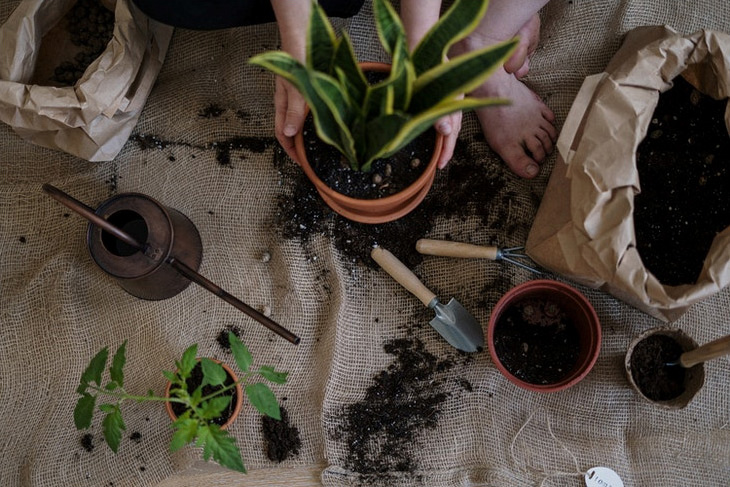
Choose Your Plants
Almost anything can be grown indoors, as long as it eventually doesn’t get too big for your apartment. However, you should consider growing plants with similar light, humidity and watering needs together. There is a huge variety of plants that are very easy to grow indoors including vegetables, berries, herbs, flowers, and decorative greens.
Herbs – Growing your herbs indoors is always convenient, especially if you have sunny window in your kitchen. Some top choices for apartment gardening include basil, mint, chives, parsley, oregano rosemary, sage, lavender, and thyme.
Salad greens – Lettuce, spinach, and arugula, are fast-growing, shallow-rooted plants. As long as they get plenty of water, they will be happy.
Tomatoes – If you have a window with at least 6 hours of sunlight, or with good artificial lighting, you can grow tomatoes indoors, even in the wintertime.
Hot peppers – Hot peppers are a great choice for indoor gardening. They can grow very well in pots, and they can set fruits year-round.
Carrots – Carrots are one of the easiest vegetables to grow, as they are very accommodating. Growing carrots from seed is very easy and can even be done in a window box
Microgreens – Microgreens are vegetable greens harvested just after the cotyledon leaves have developed. They often contain higher nutrient levels than more mature vegetable greens. are They are probably the most effortless edibles to grow indoors, as they don’t take up much space or much time.
Flowers – There are so many gorgeous, unusual flowering houseplants out there that can really spice up your indoor space. If planted and cared for correctly, tulips can bloom in the spring or summer and can make a beautiful addition to your home garden.
Meyer lemons – Meyer lemon trees are the most popular indoor citrus tree. They do well indoors if they get six to eight hours of sunlight, along with some humidity.
Strawberries – With relatively little care, your strawberries can produce volumes of berries in a small space. Simply place your potted plant in a sunny window or conservatory and keep the soil damp.
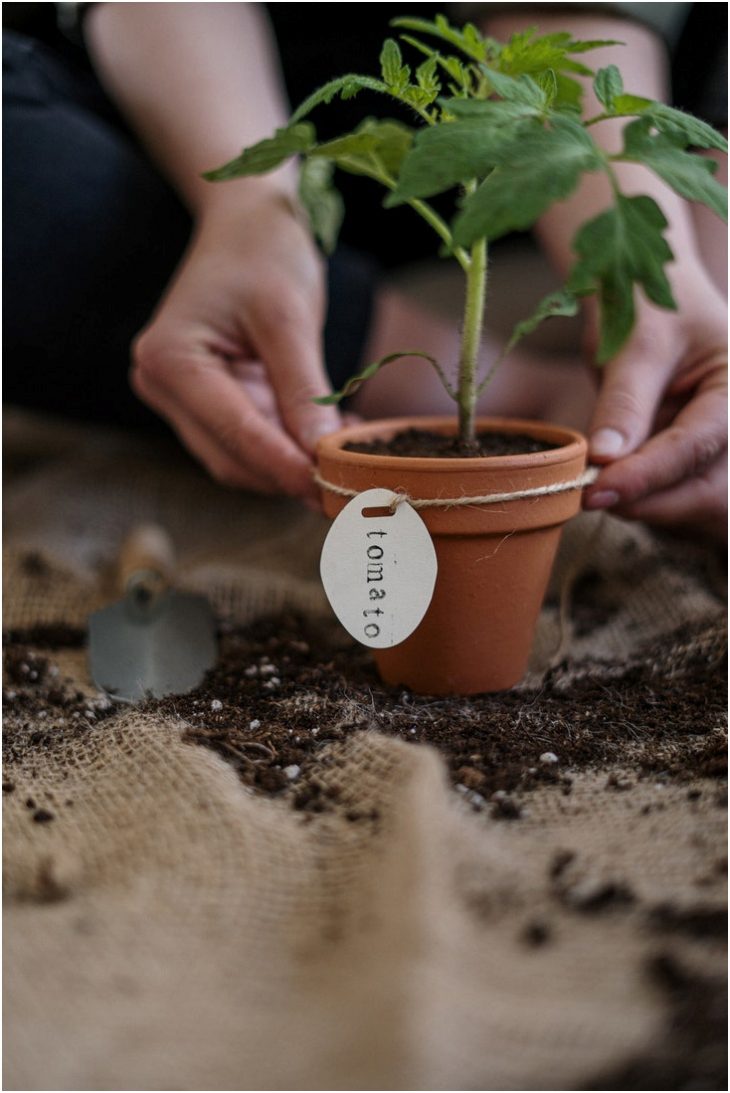
City dwellers, or those without a good gardening spot in the backyard, may find growing indoors especially useful. Whether you think you have a green thumb or not, you should know that it’s totally ok if your spinach plant shrivels up or your basil looks droopy. It’s part of the learning process. Don’t give up before you take a bite into something you have grown yourself. And don’t be afraid to ask for help, there is plenty of useful advice online.
Related: The Rise of The Organic Garden













